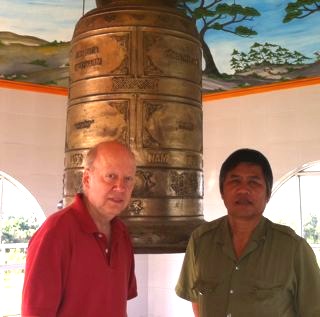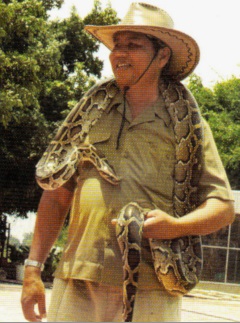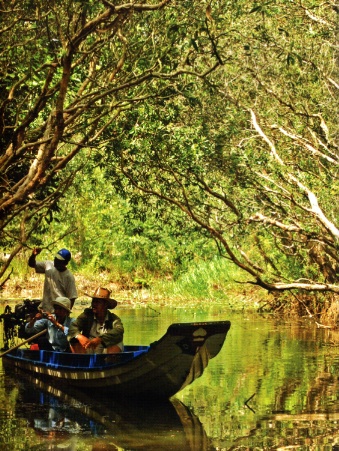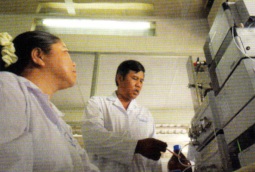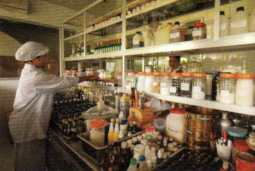
Traditional Medicine With a More
Scientific Basis
Continues To Prosper in Vietnam
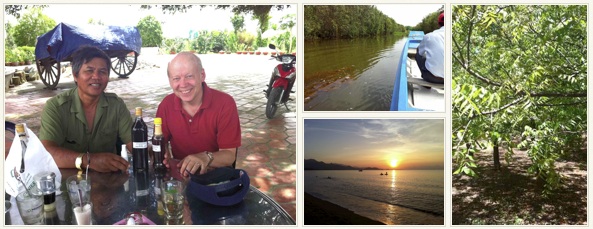 Traditional Medicine has a long and honored history in Vietnam (please see our earlier article on this subject). This has long fascinated me since my service in Vietnam in the 1960s and my return to Vietnam in 1992 as US Special Negotiator to Vietnam. Recently I returned to Vietnam to update my knowledge on this issue. I found that Traditional Vietnamese Medicine (TVM) is still thriving. Nowadays, many of the more exotic ingredients are no longer found or utilized, but the diagnosis and treatment is similar and in many cases has changed little. One change, however, is the cost of treatment is no longer cheap and as a consequence many of those seeking TVM treatment tend to be the middle and upper classes. Whereas traditional medicine was once the medicine of the poor, it is now more likely to be the middle classes and foreigners who find their way to the traditional physician either because Western medicine is not working for them or because they are skeptical about the tainted medicines and outright fakes or adulterated medicine that abound in Vietnam. Those of more limited means who don’t have the money for western medicine, or an exemption card from their local authority, use folk remedies and make do the best they can. 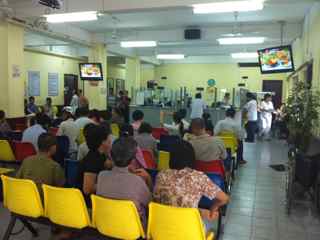 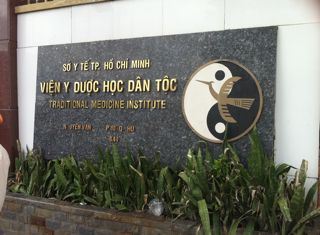 There is now increasing interest in using traditional medicine to supplement treatment of chronic illnesses, such as AIDS and cancer which seem to be increasing in Vietnam as people live longer. To see how this works, I visited the Traditional Medicine Institute in Ho Chi Minh City where I saw hundreds of patients waiting for treatment. At the Institute, modern diagnostic tools like x-rays, scans, etc. are used in concert with herbal and more traditional cures. Traditional treatments are benign, and seem to have therapeutic benefits in calming patients and restoring their confidence, perhaps because the methods and medicines are so deeply rooted in the Vietnamese culture. 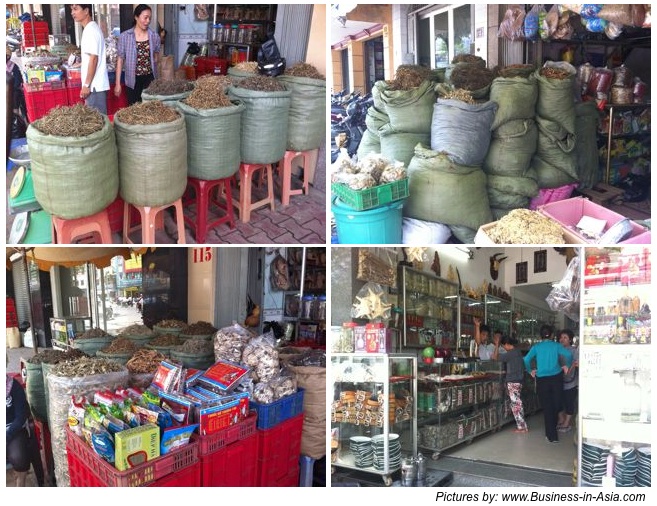 Later I took a motorcycle with Bui Truong Minh and stopped by some traditional medicine stores in the central area of the city. Here can still be found many, many stores specializing in herbs and medicinal treatments that are often times specialized into particular cures or treatments for common conditions in Vietnam.
Although these herbs are often common, well planned preparation and planning of meals as advocated by Mr. Be leads to improved food balance and health in a gradual restorative manner. Further since Vietnamese Traditional Medicine focusses on treating the underlying conditions not the symptoms as is often the case in Western medicine the recovery ultimately is more firm. I have lived in Vietnam too long not to realize the dangers of eating raw vegetables in rural locations but throughout my 3 day stay at Mr. Be’s retreat I ate everything and was never sick as everything is washed scrupulously, the water is all bottled or treated as is the ice and generally if you are observant you will have little problem.  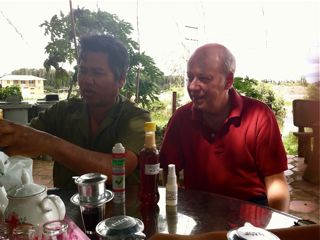 Over lunch, Ong Ba talked about Traditional Vietnamese Medicine. He noted that although Vietnamese and Chinese Traditional Medicine are often lumped together, there are in fact substantial differences. TVM, unlike Chinese Traditional Medicine is more based on the use of fresh herbs. Further, although many herbs, trees, etc. are similar to both countries, many are very different and only found in one or the other country. Finally, many of the diseases in Vietnam are different and present differently when the patient is examined. This Ong Ba noted made Traditional Vietnamese Medicine different from its Northern relative. 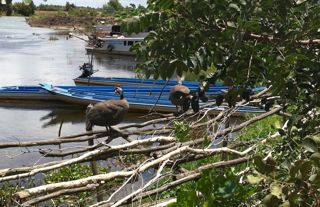 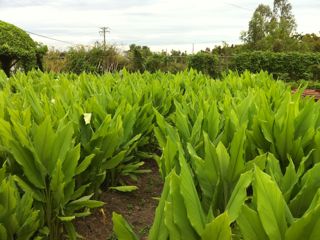 Later Ong Ba took us to Mephydica’s guest house which was newly built, air conditioned and with all modern amenities including a bathtub which was spa-like in its proportions. Ong Ba noted that he is planning a spa that will help expose Vietnamese and foreign guests to the benefits of Vietnamese Traditional Medicine and that will utilize the principals he has learned in both the food served, the peaceful nature of the area, the restorative affects of nature with modern amenities and the experience of other spa industries such as Thailand to create a Vietnamese Spa that will be a first and soon the flagship of a new industry in Vietnam. 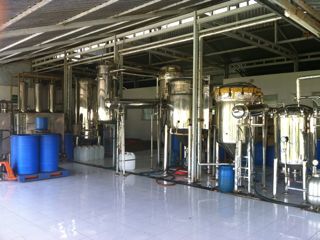 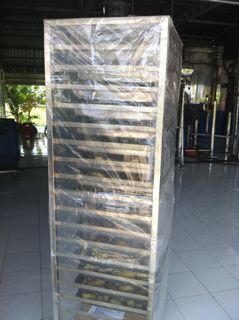 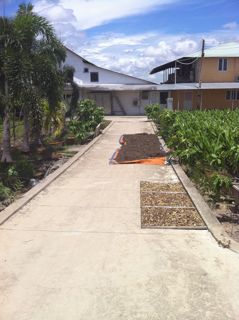 We took a nap in the afternoon and then
later toured the large property
that Mephydica owns where Mr. Be explained about Vietnamese herbs and
introduced us to both their uses and how he processes and harvests
them.
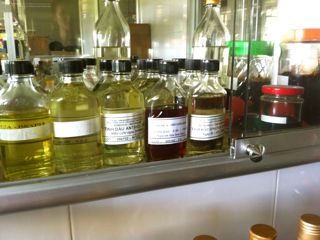
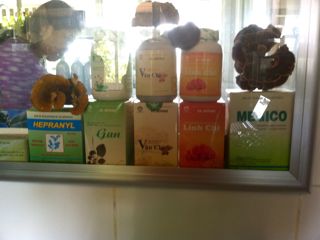 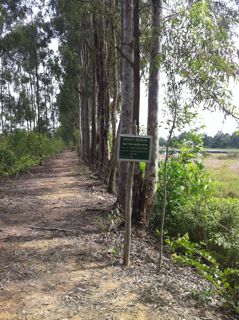 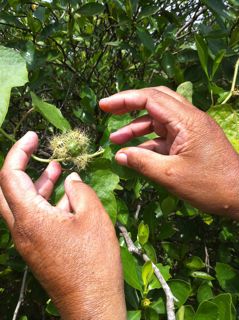 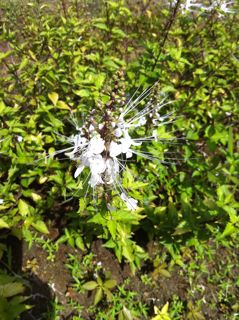 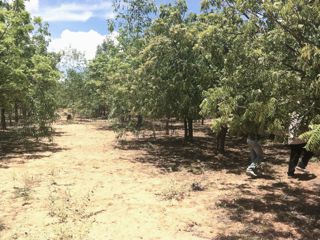 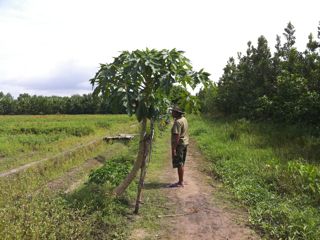 Early the next morning we breakfasted on good Vietnamese coffee, bread, fruit and eggs and then watched some other guests haul big fish from the ponds around the compound. Later we took a boat and went out to examine some of the trees and herbs grown on the compound. Ong Ba explained the trees and herbs that we observed and we all marveled at the large number of birds and other animals we saw as we travelled about the property and saw first-hand how Ong Ba has protected and restored the land while also creating jobs and economic development. Among the medicinal herbs that are now a firm fixture of this property are the following:
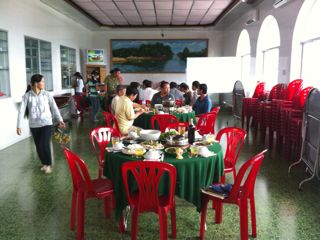 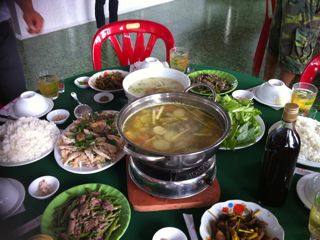 After another great lunch and a further tour of the facility, it was time for another nap in the heat of the day before a peaceful ride back along the canals to rejoin our vehicle and head back to Saigon. We all went back feeling restored and impressed with Ong Ba who truly lives up to his name as a national treasure of Vietnam which he was named for his work in Traditional Vietnamese Medicine and for his protection of the environment, promotion of sustainability and contribution to local job creation and economic development. I know I will return to Vietnam in the future many times and when I do, a visit to Ong Ba’s upcoming resort will be high on my list of priorities. Read
our related article:
About the Author: Christopher W. Runckel, a former senior US diplomat who served in many counties in Asia, is a graduate of the University of Oregon and Lewis and Clark Law School. He served as Deputy General Counsel of President Gerald Ford’s Presidential Clemency Board. Mr. Runckel is the principal and founder of Runckel & Associates, a Portland, Oregon based consulting company that assists businesses expand business opportunities in Asia. (www.business-in-asia.com) Until April of 1999, Mr. Runckel was Minister-Counselor of the US Embassy in Beijing, China. Mr. Runckel lived and worked in Thailand for over six years. He was the first permanently assigned U.S. diplomat to return to Vietnam after the Vietnam War. In 1997, he was awarded the U.S. Department of States highest award for service, the Distinguished Honor Award, for his contribution to improving U.S.-Vietnam relations. |
